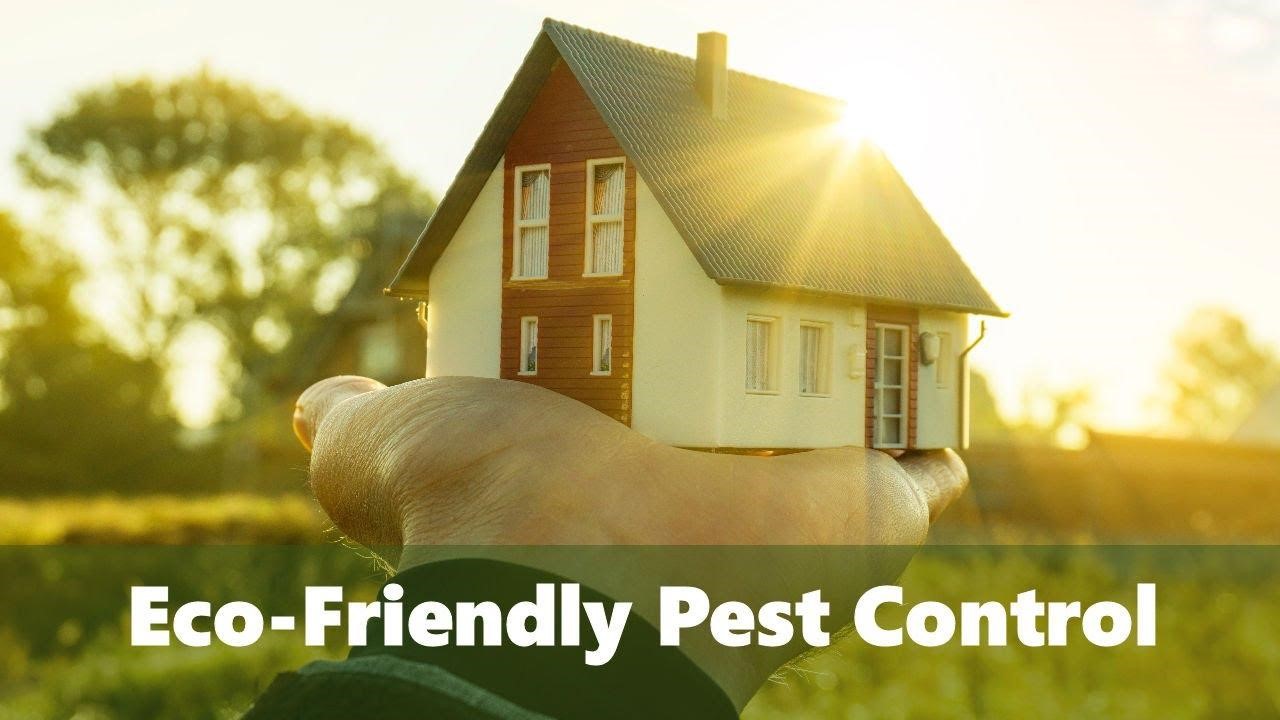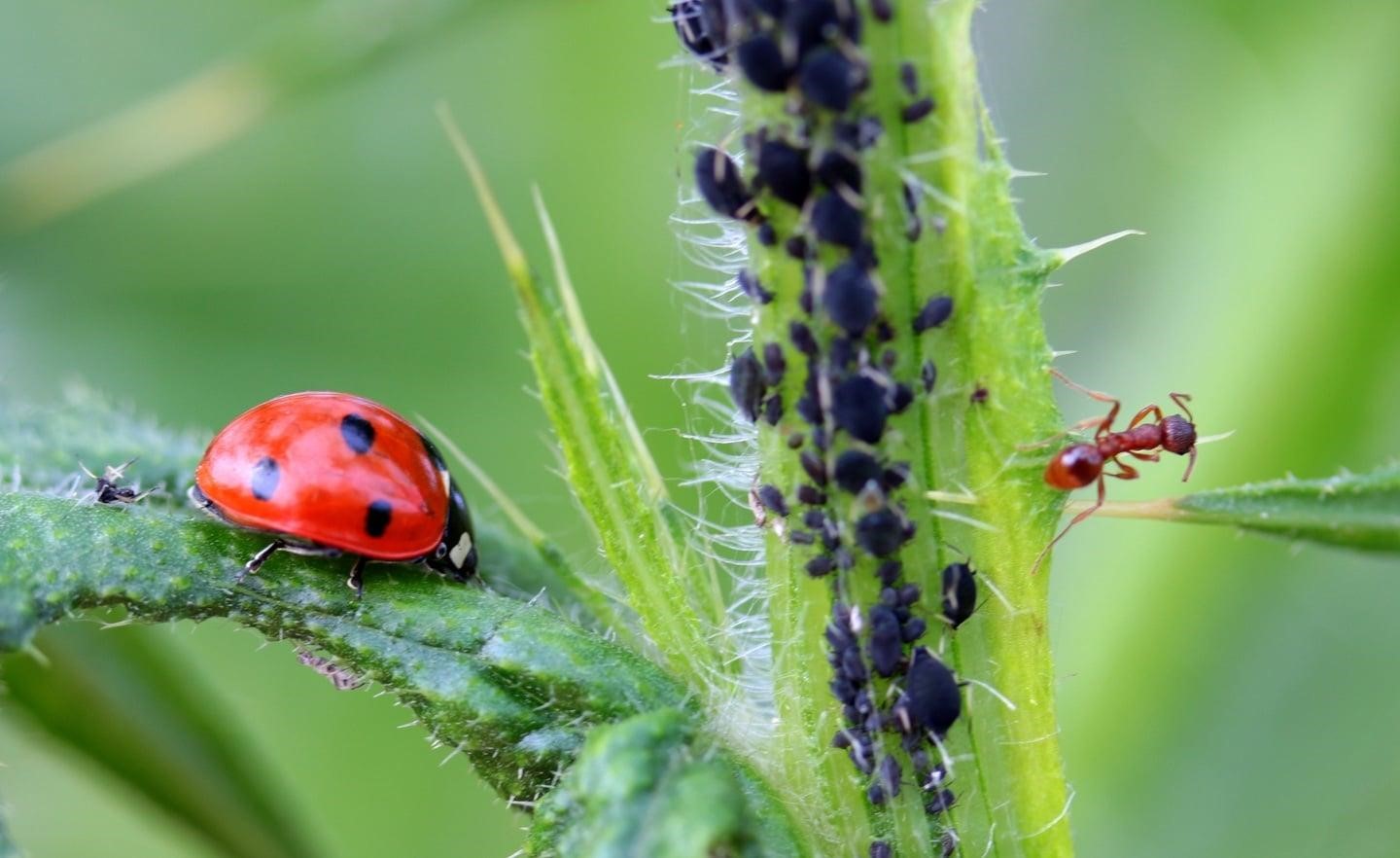
Eco-friendly pest control is a term used to describe the use of pest control methods that are considered to be environmentally friendly. These methods can include the use of natural predators, traps, and chemicals that are considered to be safe for the environment.
The use of eco-friendly pest control methods is becoming more popular as people become more aware of the impact that traditional pest control methods can have on the environment. Traditional pest control methods often involve the use of harmful chemicals that can pollute the air and water, and can also be toxic to wildlife. Eco-friendly pest control methods are designed to be less harmful to the environment and to human health.
Eco-Friendly Pest Control Methods
There are a number of different eco-friendly pest control methods that can be used. One popular method is the use of natural predators. This involves releasing natural predators, such as ladybugs, into an area where they will prey on pests. This method is considered to be safe for the environment because it does not involve the use of chemicals.
Another popular eco-friendly pest control method is the use of traps, envirobug.com.au does it the same with other effective solutions to pests, such as repellents. This can be done by using glue traps or live traps. Glue traps are placed in areas where pests are known to travel and are made of materials that are designed to be sticky. This will trap the pests so that they can be removed from the area. Live traps are designed to capture pests alive so that they can be released into a different area.
The use of chemicals is also considered to be an eco-friendly pest control method. There are a number of different eco-friendly chemicals that can be used to kill pests. These chemicals are typically made from plant extracts and are designed to be safe for the environment.
Eco-friendly pest control methods are becoming more traditional as people are getting aware of normally used pest control methods can have detrimental impacts on the environment. These methods are designed to be less harmful to the environment and to human health.
Health Issues Concerns With Pest Control
Pest control is the process of using chemicals or other agents to remove or kill pests. Pests can be rodents, insects, birds, or other animals that damage crops, spread diseases, or cause other problems.
Pest control is necessary to protect crops from damage, to prevent the spread of diseases, and to keep other animals from being harmed by pests. However, pest control can also pose risks to human health. Some pest control agents, such as chemicals, can be toxic if they are not used properly.
In addition, some pest control methods, such as fumigation, can release harmful chemicals into the air. These chemicals can be inhaled and cause health problems.
Pest control workers may also be exposed to health risks if they do not use proper safety equipment when handling pest control agents.
Reduce health risks with eco-friendly pest control
There are a number of ways to reduce the health risks associated with pest control. Pest control workers can use personal protective equipment, such as gloves, masks, and respirators, when handling pest control agents.

In addition, pest control workers can use less toxic pest control agents, such as traps and baits. Finally, pest control workers can use integrated pest management techniques, which involve using a variety of pest control methods to reduce the population of pests.
Pesticide pollution for human
Pesticides are chemicals that are used to kill or control pests. Pesticides can be used to control insects, rodents, and other animals that damage crops or spread diseases.
Pesticides are also used in homes and businesses to control pests. Pesticides can be found in a variety of products, such as bug sprays, mouse traps, and rat poison.
Pesticides can pollute the air, water, and soil. Pesticides can also be toxic to humans, animals, and plants.
Pesticide pollution can occur when pesticides are not used properly. For example, pesticide pollution can occur when pesticides are applied to the wrong area, when they are not used according to the instructions on the label, or when they are not properly stored.

Pesticide pollution can also occur when pesticides are released into the environment by wind or water. Pesticide pollution can also occur when pesticides are disposed of in the environment.
Pesticide pollution can be reduced by using pest control methods that do not involve the use of pesticides. For example, Integrated Pest Management (IPM) is a pest control method that uses a variety of pest control methods, such as traps, to reduce the population of pests.
In addition, pesticide pollution can be reduced by using less toxic pesticides, storing pesticides properly, and disposing of pesticides properly.
Organic Biopesticides
Organic Biopesticides use natural organisms to combat pests and curb destruction. Organic biopesticides are pesticides that are made from natural materials. Organic biopesticides can be made from plant materials, animals, or microorganisms.
Organic biopesticides are considered to be safe for the environment because they are made from natural materials. In addition, organic biopesticides are often less toxic than synthetic pesticides. Organic biopesticides can be used to control a variety of pests, including insects, rodents, and diseases.
- Plant-derived materials that can be used to make organic biopesticides include neem oil, pyrethrum, and rotenone.
- Animal-derived materials that can be used to make organic biopesticides include Bt toxins and insecticidal proteins.
Microorganisms that can be used to make organic biopesticides include Bacillus thuringiensis and Beauveria bassiana. Organic biopesticides are made from natural materials and are considered to be safe for the environment.
In addition, organic biopesticides are often less toxic than synthetic pesticides.
IPM (Integrated Pest Management) role in eco-friendliness pest control
Integrated Pest Management (IPM) is an eco-friendly pest control method that uses a variety of pest control methods to reduce the population of pests.
IPM involves using a combination of pest control methods, such as traps, to reduce the population of pests. IPM can also involve using less toxic pesticides, such as baits.
IPM is considered to be eco-friendly because it does not involve the use of harmful chemicals. In addition, IPM can be used to control a variety of pests, including insects, rodents, and diseases.

There are a number of benefits of using IPM. IPM can reduce the amount of pesticides that are used. IPM can also reduce the amount of pesticide pollution that is released into the environment.
In addition, IPM can be used to control a variety of pests, including insects, rodents, and diseases.
IPM is an eco-friendly pest control method that uses a variety of pest control methods to reduce the population of pests. IPM can be used to control a variety of pests, including insects, rodents, and diseases.

